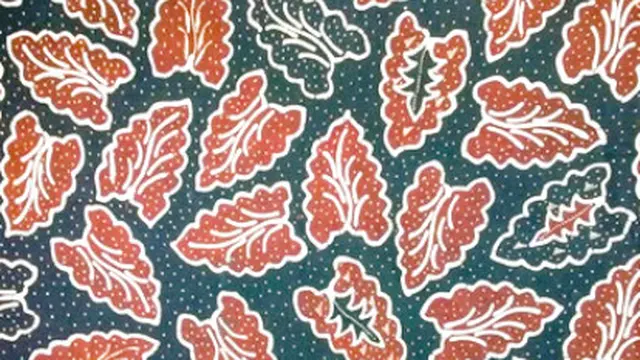Jakarta – Batik Simbut is one of Indonesia’s cultural treasures originating from the Baduy Tribe, an indigenous community residing in the Kendeng Mountains area, Lebak Regency, Banten.
Batik Simbut has its own uniqueness that is not only seen in its motifs but also in the deep philosophy contained within. The name Simbut itself comes from the shape of the motif that resembles taro or elephant ear leaves.
In the belief of the Baduy community, it symbolizes a life in harmony with nature. This motif depicts a harmonious relationship between humans and their surrounding environment, reflecting the principles of life of the Baduy people who respect and maintain the balance of nature.
The process of making Batik Simbut is very distinctive, as each stage is carried out in a traditional manner and uses natural materials. The dyes used come from local plants, such as leaves, roots, and tree bark, which produce natural colors like brown, black, and yellow.

The technique of making the batik is also unique, as not all artisans use a canting like in Javanese batik. Some Simbut motifs are made using a simple stamping method, in accordance with the Baduy community’s tradition that prioritizes simplicity and practical function.
This makes Batik Simbut one of the most authentic cultural heritages with high ecological value. The beauty of Batik Simbut lies not only in its simple yet captivating motifs but also in its symbolic meanings.
The motif of the taro leaf, for example, is not just an ornament, but also carries a deep meaning as a symbol of resilience and sustainability.







Leave a Reply